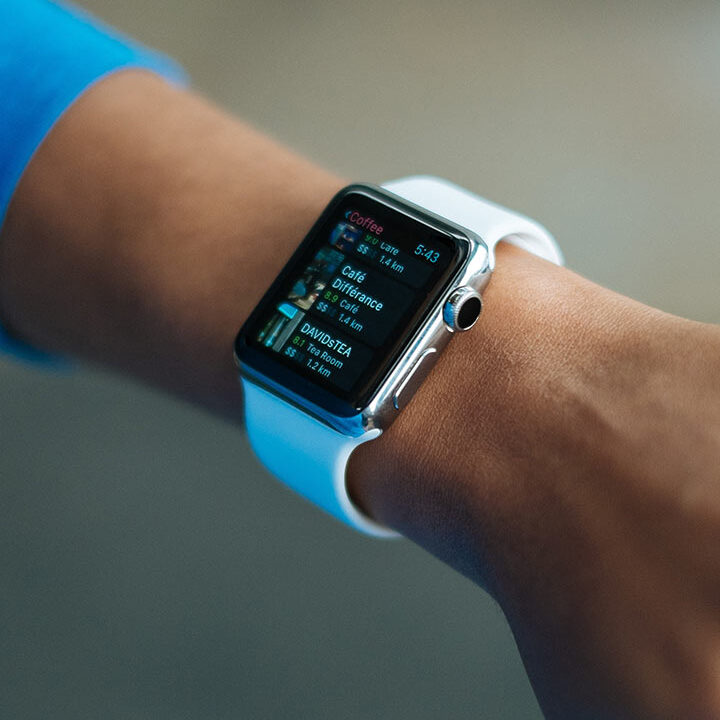Human Metapneumovirus (HMPV) – Symptoms, Causes, & Treatment
An increase in human metapneumovirus (HMPV) cases in China has sparked concerns about the possibility of another Covid-style epidemic. However, medical professionals clarify that HMPV is not the same as COVID and that it has existed for many years. They claim that the seasonal rise in HMPV that is usually observed in the winter is all that is happening in China and other nations.
The virus known as human metapneumovirus (HMPV) typically produces symptoms that resemble a cold. You may have a sore throat, runny nose, cough, or wheeze. Young children, those over 65, and those with compromised immune systems are more susceptible to serious illness, even if the majority of cases are minor.
Winter and early spring are when HMPV infections are most common. HMPV typically strikes before the age of five. Although it can recur, symptoms are often modest following an initial infection. Severe symptoms may also be experienced by adults over 65, those with respiratory issues, and those with compromised immune systems.
What Are the Symptoms of HMPV?
Most people with HMPV have mild upper respiratory symptoms like a cold. These may include:
- Cough
- Runny nose or nasal congestion
- Sore throat
- Fever
- Wheezing
- Shortness of breath (dyspnea)
- Rash
- Difficulty breathing
- Asthma flare-ups
HMPV belongs to the same virus family as RSV, measles, and mumps. In extreme cases, secondary lower respiratory infections like pneumonia, bronchiolitis, or bronchitis may develop, necessitating immediate medical attention.
Risk Factors & Transmission Mode Of HMPV
HMPV spreads through direct contact with someone who has it or from contaminated belongings. For example:
- Getting in contact with an infected person
- Coughing and sneezing droplets
- Shaking hands, hugging, or kissing
- Touching infected surfaces or objects like phones, door handles, keyboards, or toys.
HMPV can infect anyone, however, you have a higher chance of developing a serious infection if you:
- Are older than 65 or younger than 5 (particularly preterm newborns).
- Have a compromised immune system, either as a result of drugs that suppress the immune system or illnesses like HIV, cancer, or autoimmune diseases.
- Suffering from COPD or asthma.
Patients of all ages may develop upper respiratory disease and lower respiratory disease as a result of HMPV. It is more common in older individuals and small children, though, and has a higher risk of progressing to pneumonia, bronchiolitis, or bronchitis.
Individuals with a compromised immune system, such as those receiving chemotherapy or recovering from an organ transplant are also at a higher risk.
How To Diagnose An HMPV Infection?
HMPV is typically diagnosed by medical professionals based on your medical history and symptoms. They may take a sample from your throat or nose using a swab, which is a soft-tipped stick. The sample is examined in a lab for viruses and other diseases. Remember that unless you have severe symptoms, you are unlikely to get tested for HMPV.
To check for alterations in your lungs’ airways, your doctor may occasionally additionally perform a bronchoscopy or chest X-ray. A bronchoscopy, in which a tiny, flexible camera is placed into the lung and a fluid sample is taken to test for viruses, is performed by doctors in severe hospitalized cases.
The majority of persons with moderate HMPV symptoms don’t need to contact a doctor because supportive care of symptoms at home is sufficient and the condition should resolve on its own. However, you should consult a physician if your symptoms increase and you start to experience wheezing, a strong cough, or shortness of breath.
Your doctor may conduct laboratory testing to confirm the type of virus causing your sickness in order to further diagnose HMPV as the cause of the respiratory infection.
What Are The Treatment Options For HMPV?
Human metapneumovirus cannot be treated with antiviral drugs. Until they feel better, the majority of people can manage their symptoms at home.
You may need to be admitted to the hospital if your condition is quite bad. Healthcare professionals can keep an eye on your health there and protect you from getting worse. You could be treated with:
- Oxygen Therapy: A healthcare professional may use a mask on your face or a tube in your nose to give you more oxygen if you’re experiencing trouble breathing.
- Intravenous Fluids: You can stay hydrated by receiving fluids intravenously (IV).
- Corticosteroids: Steroids may alleviate some of your symptoms by reducing inflammation.
Human metapneumovirus infections that are mild typically go away in a few days to a week. It will likely take longer to recover if you are extremely ill. Additionally, you may experience persistent symptoms that take longer to resolve, such as a cough.
Since HMPV usually resolves on its own, the main goal of treatment is to reduce symptoms. Speak with a healthcare professional if your symptoms worsen or become alarming. Even moderate respiratory virus symptoms should be discussed with a healthcare physician to decide the next course of action for high-risk individuals.
If you or your loved one is suffering from HMPV infection, our online physicians at MDChronic can help you take control of your health by guiding you about the treatment options available. For online consultation about HMPV or to discuss any symptoms you are experiencing, schedule an appointment with our health coach today.











